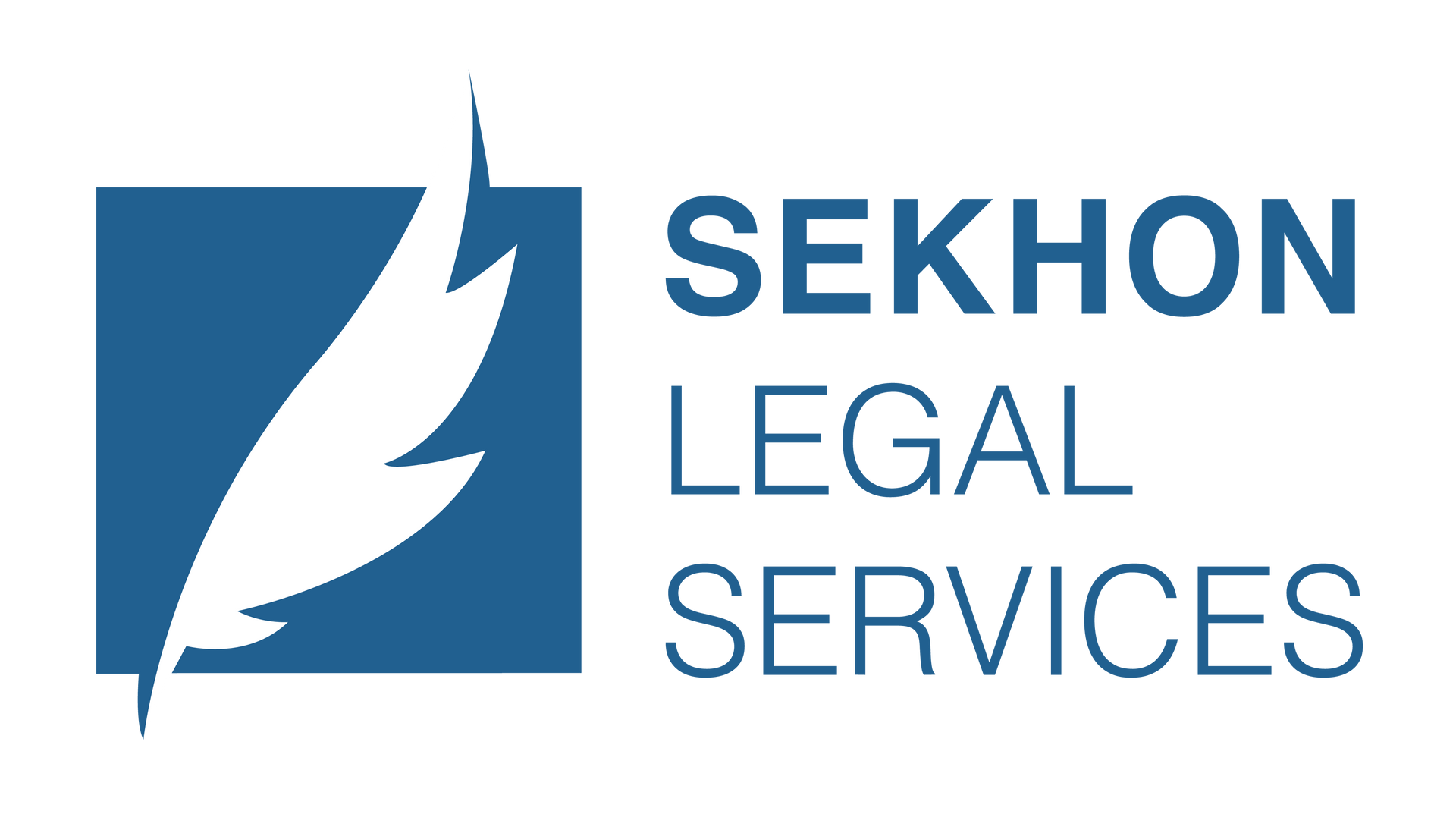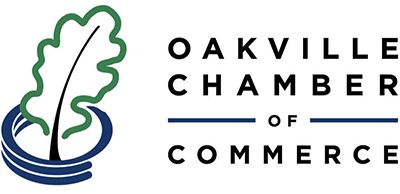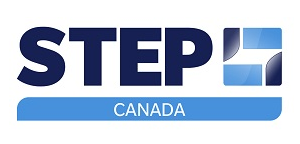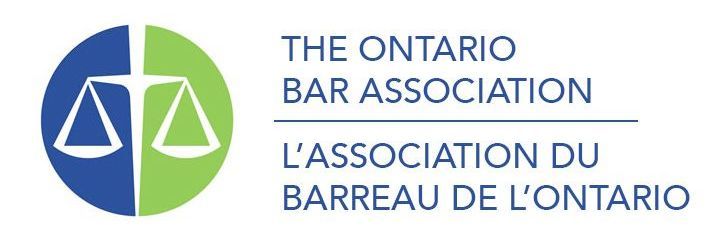An Estate Trustee's Checklist: Navigating Responsibilities with Confidence
Being named the executor of an estate (known as an Estate Trustee) is a significant responsibility that requires careful attention to detail and organization. Estate Trustees play a crucial role in ensuring the smooth transition of assets and the fulfillment of the deceased's wishes. To assist in managing these complex tasks, a comprehensive Estate Trustee’s Checklist becomes an invaluable tool. This checklist serves as a roadmap, guiding Estate Trustees through the various duties they must undertake during the probate process.

1. Gather Essential Documents:
- Secure the original will and any codicils.
- Collect information about assets, including bank accounts, real estate, investments, and personal property.
- Retrieve relevant financial documents, such as insurance policies, retirement accounts, and debt records.
2. Initiate Probate Proceedings:
- Work with an estate lawyer to review the Will and determine if probate will be required.
- Prepare and file an Application for Certificate of Appointment of Estate Trustee (“probate application”) with the Superior Court.
3. Identify and Manage Assets:
- Create an inventory of all assets and their values.
- Open an estate bank account to manage financial transactions.
- Pay ongoing bills, mortgages, and other necessary expenses.
4. Notify Creditors and Settle Debts:
- Publish a notice to creditors in local newspapers.
- Notify creditors directly and settle outstanding debts.
- Dispute any invalid claims.
5. Handle Tax Obligations:
- File the deceased's final income tax return.
- Determine and address any estate tax obligations.
- Seek professional advice to navigate complex tax issues.
6. Distribute Assets According to the Will:
- Follow the instructions outlined in the will for asset distribution.
- Transfer property titles and update ownership records.
7. Manage Estate Sales and Liquidation:
- Organize sales or auctions for personal property if required.
- Liquidate assets as necessary to cover debts and expenses.
- Ensure compliance with legal requirements during the process.
8. Communicate Effectively with Beneficiaries:
- Keep beneficiaries informed about the progress of the estate administration.
- Provide transparent and accurate financial updates.
- Address any concerns or disputes among heirs.
9. Obtain the Final Clearance from the CRA:
- File a final estate tax return with the CRA and apply for a final clearance certificate.
10. Secure Professional Assistance:
- Consult with legal and financial professionals for the various steps in the estate administration process.
- Seek advice from tax professionals to ensure compliance with tax regulations.
Conclusion:
Being an estate trustee is a challenging but vital role in ensuring the orderly administration of a deceased person's affairs. By diligently following an Estate Trustee’s Checklist, individuals entrusted with this responsibility can navigate the complexities of the probate process with confidence and fulfill their duties in a manner that respects the wishes of the departed.
Disclaimer: This work provides general information and is not intended to provide legal advice. Readers are cautioned to obtain legal advice specific to their circumstances. Sekhon Legal Services accepts no responsibility for any errors or omissions, and expressly disclaims any such responsibility.


